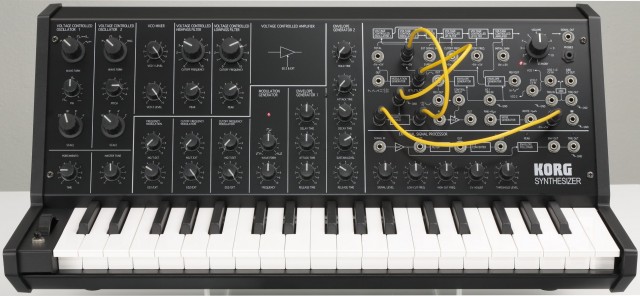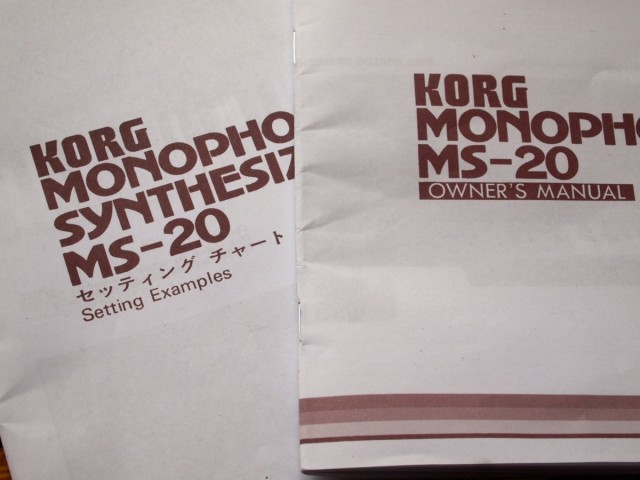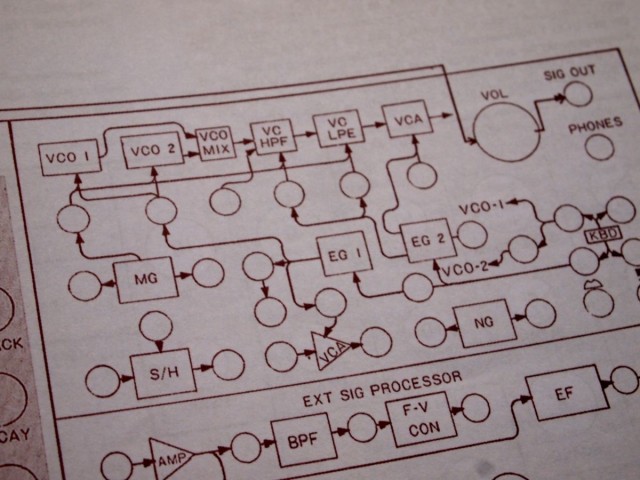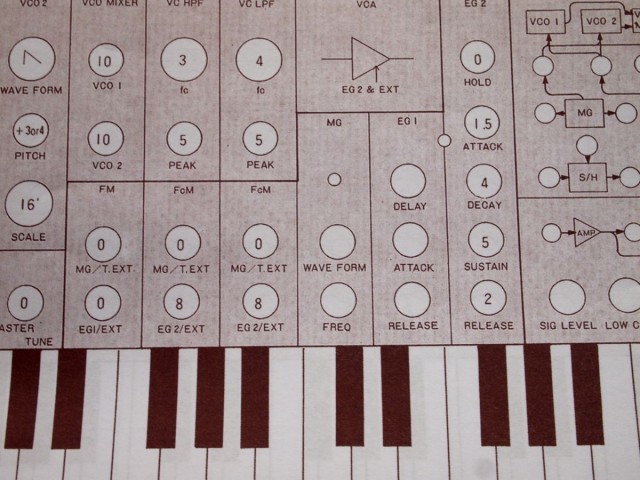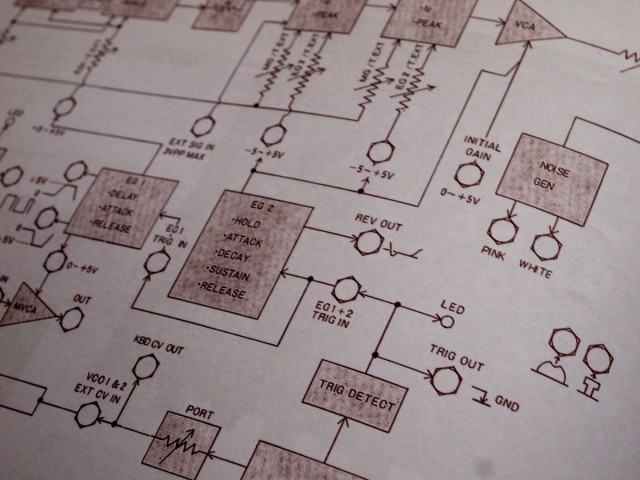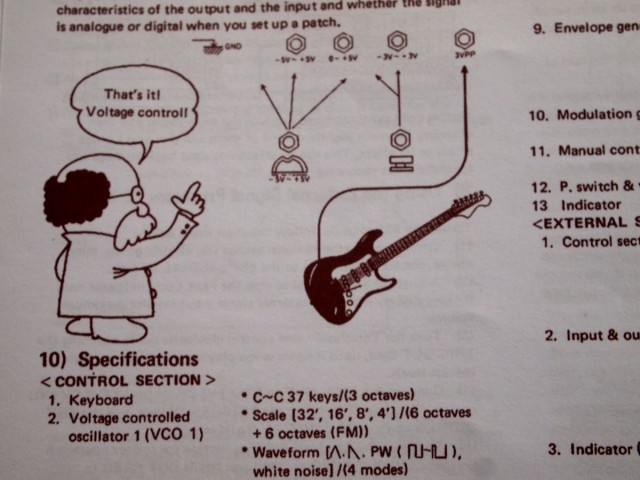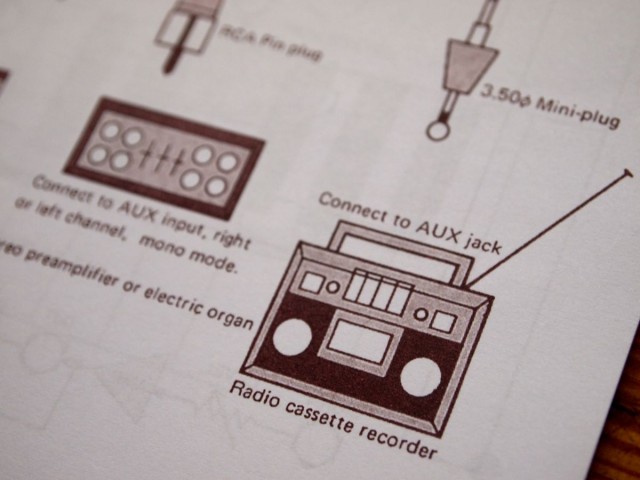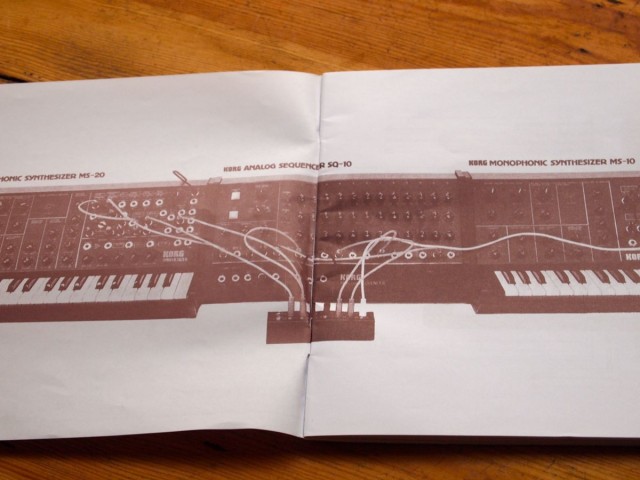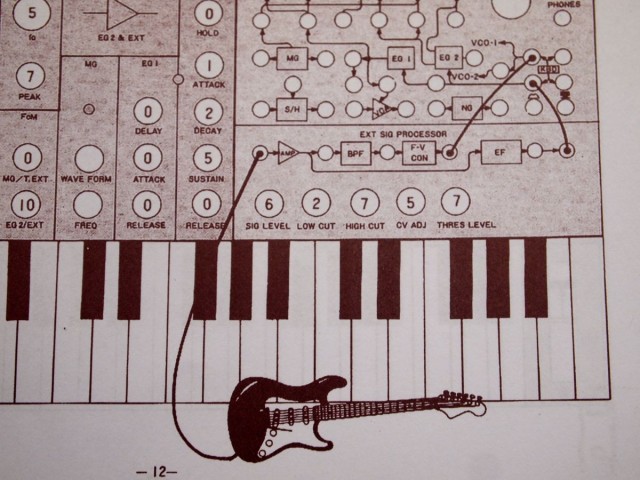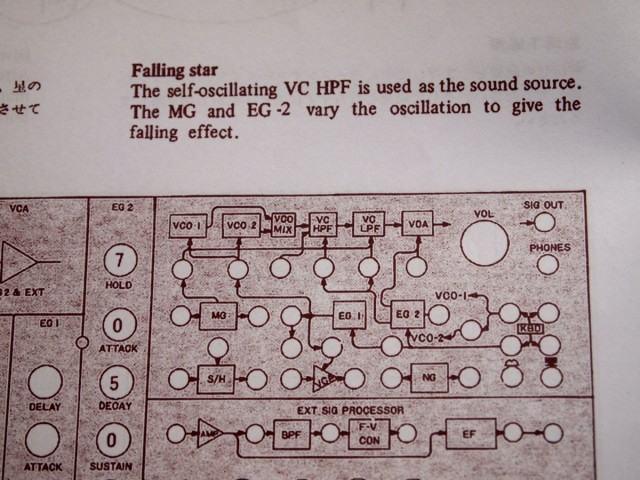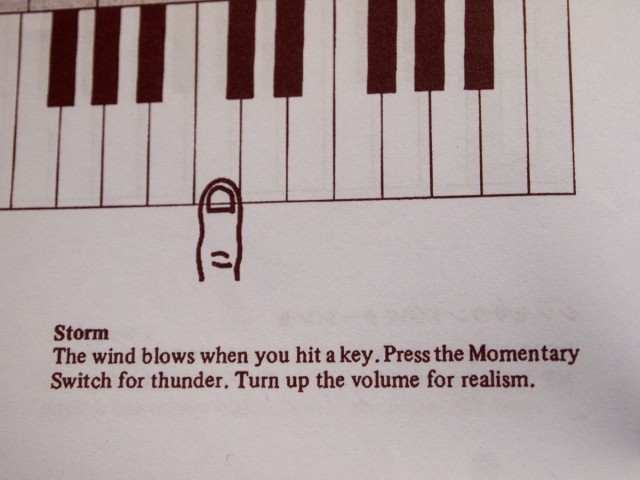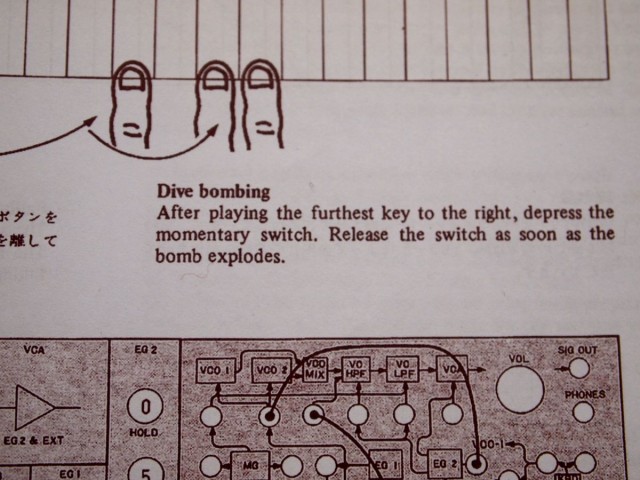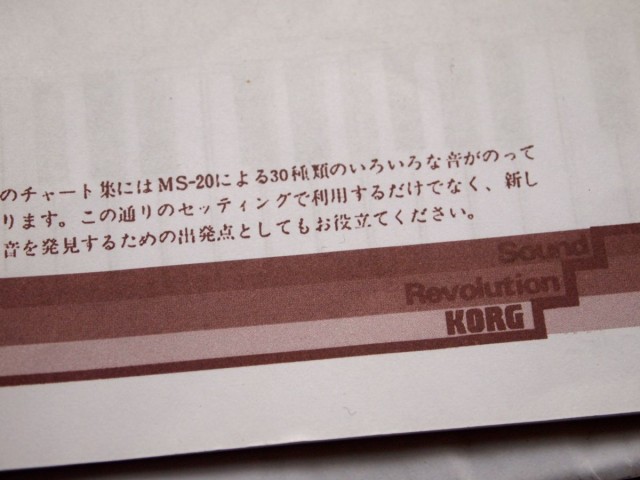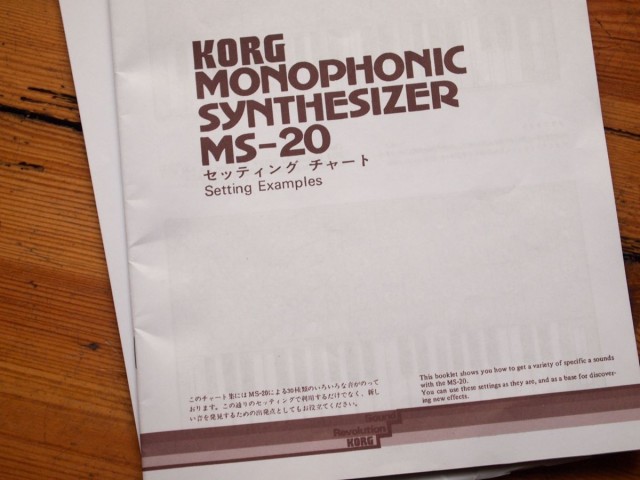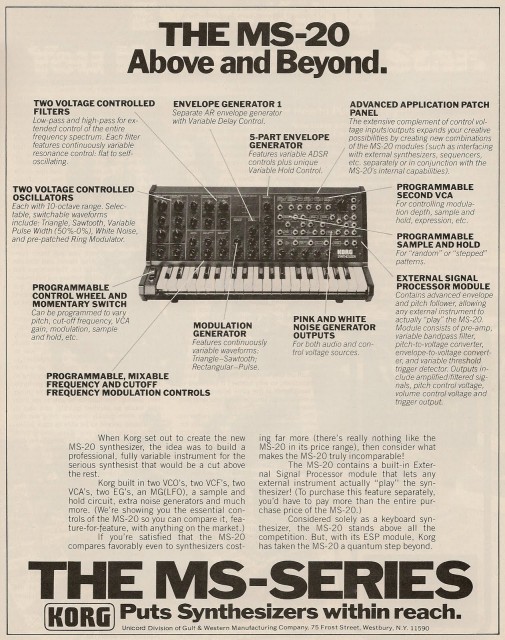It’s 1978 all over again. Only 35 years have made it lighter and more compact – not a bad way to age.
And the result: a $599 analog synth with its original manual and circuitry that’s a pleasure to own. Speaking as a product of 1978 myself (yes, I share the same birthday as the MS-20), I’d say ’78 is holding up just fine in 2013.
The Korg MS-20 synth needs little introduction. Combining a versatile set of sound sources with accessible front-panel controls and patch cable options, it is even today one of the loveliest ways to create sounds with synthesis. It has become rare and expensive, then, partly because it has withstood the test of time.
Korg has mined its back catalog heavily here before, releasing versions for Mac, Windows, iPad, and Nintendo DS, and even repurposing and releasing the filter circuit. But for the first time, Korg is reissuing the entire synth.
News of the MS-20 Mini made quick rounds on the Internet when the story leaked – ironically, via Korg themselves. But CDM has gotten first access to the actual hardware. We’ll have a full review, video, and sounds in the coming days. First, I want to provide some hands-on impressions and share what this instrument is like, having spent some time with it myself.
Reissues are a tough business. Generally, when synth classics reemerge, they’re remade and modernized – sometimes successfully updating the design, sometimes alienating the people who loved the original. The MS-20 Mini is unique in that it is actually a faithful recreation of the original. In fact, without some sort of reference to scale, you’d be hard pressed to distinguish the Mini from the original in a photo. (Only the slightly different jack radius, keybed details, and ridges on the mod wheel are giveaways.) The Mini is 86% of the size of the original, but in weight and scale, it feels far more minimal. Even the patch connections and audio output now use an 1/8″ minijack.
The MS-20 Mini itself, though, sounds, feels, and acts just like the MS-20 original. Korg says they have reproduced the 1978 circuitry, down to the internal power specifications. The only modification is the Voltage-Controlled Amplifier, which now improves on signal-to-noise ratio for a cleaner sound. I haven’t been able to A/B the new MS-20 with a maintained elder MS-20, but let’s forget about authenticity for a moment. The synth sounds just fantastic, and the signal-to-noise improvements make it seem as though someone wiped a bit of dust off the classic, letting it shine.
And here’s what it sounds like, in a collage of noises we made while shooting the first hands-on video and unboxing. (Warning: we made like ramen, and noodled. Thanks to synthesist Easton West for most of the sounds. All dry, straight out of the MS.)
You do get MIDI input (via DIN), and MIDI input/output (via USB), plus a modern power adapter. The MIDI implementation is useful, if minimal: channel is fixed to 1, and the MS responds only to notes. (It also transmits notes, but only notes, over USB from the keyboard.) But then, the MS is all about twisting knobs and connecting patch cables. And it’s not hard to imagine someone fairly new to analog having loads of fun with just the MS-20 Mini and a knob or two – no credit card-busting modular needed.
Otherwise, the MS-20 Mini would be so home in 1978 that Korg has reproduced the original Owners’ Manual and printed-out set of patch cords. Just reading the manual is a heart-warming experience, so I couldn’t resist providing some photos here while we work on our full review and video and samples. (In fact, a sobering moment is picking up the poor typography of the modern Korg manual insert. Not all the “progress” since 1978 has been an improvement – though more on that in the review.)
So, you have essentially a real MS-20, at a fraction of the price (used, let alone the 1978 list in 2013 dollars), with none of the ownership headaches, less weight, and the ability to send and receive MIDI.
And, as such, we get to reproduce 1978 specs here these 35 years later. What’s changed: these are now things that more people care about and love than they did in the 70s.
- 2 oscillators, ring modulation
- Original VCA design, improved for better signal-to-noise
- Original filter design (Korg notes that the MS-20 received a filter modification halfway into its production life, but opted for the more aggressive, distinctive original)
- Use pitch or volume from an external source, like an electric guitar or mic. (Or, as the ’78 manual suggests, a boom box!)
- Patch like crazy. Modulation in and out, trigger, sample and hold, and noise generator can be patched together for custom sounds and even sound effects.
Now, the price. The Internet was wrong. Street price is US$599.
Korg doesn’t really need me to sell this thing at that price, so any love I express is my own.
My video crew responded similarly. I think if we didn’t have other things to do, we would have kept playing all night. An intern appeared – sworn (successfully) to strict secrecy – and got lost in the keyboard. You can get carried away even before you whip out the patch cords.
So, assuming we can drag ourselves away from the MS to the far less-fun world of Final Cut, yes, we’ll have a proper video and review from Berlin soon.
Korg’s video, featuring the original creators of the MS-20:
Party Like It’s 1978
Here’s a browse through the beautiful, often-quirky manual from 1978. Compare this to poor, Microsoft-style typography today, and dry documentation, and I’d say there’s something to be learned – not only nostalgia, but a way to make our synth experience better.
For more fun, here’s an ad from ’78 from a wonderful blog of the same. Everything in it is, of course, still true. (I wish Korg’s typography still looked like this. Korg, can we request that you just run your old editorial, please?)
